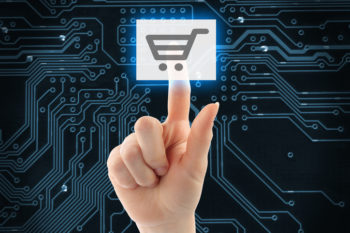
B2B eCommerce: A Shift in the B2B Customer Buying Experience
The emergence of the millennial eCommerce mindset has fundamentally changed business-to-consumer (B2C) markets; in fact, eCommerce is so ubiquitous, it’s practically “old news.” In addition to consumer markets, eCommerce is quickly permeating business-to-business (B2B) industries and our B2B clients are expressing increased interest and enthusiasm for eCommerce solutions. While the level of eCommerce evolution/disruption varies by industry, there are universal changes occurring in how customers discover and evaluate products and services—and these changes are rapidly accelerating and creating intricate routes through customer chains.
In examining the customer buying experience, we discovered that these changes are driven by transference of expectations—that is, B2B buyers expect to have the same kind of digital-enabled buying experience that they enjoy as B2C consumers. Across industries, more and more customers are going online to find and research products and services.
When we analyzed customer purchase patterns accompanied with 5 years of sales data, we observed that while some customers were going to their suppliers’ websites for product and service information, they often made their purchases on competitors’ websites or through offline channels. Additionally, we uncovered two key trends: more than 70% of B2B eCommerce sales represent a shift from traditional sales channels, and price is one of the top attributes B2B buyers research online.
The online availability of price information and in-depth technical content has the potential to disrupt traditional sales channels by creating price and trust issues that influence customer purchase decisions in several ways. Most notably, end-customers have the ability to compare prices and may be inspired to have price discussions and negotiate concessions with offline dealers and wholesalers. This phenomenon consistently comes up in our conversations with hundreds of B2B executives, directors, and pricing managers. A common refrain from B2B buyers:
“We’re looking for a fair price, not a bleeding price. We check prices online, all the time, and walk through stores. It’s a good way to keep people honest. We will be loyal, but if we feel we’re being abused we will bring up the issue.”
Such changes in purchase behavior are happening so rapidly that price and trust issues can grow quickly. A firm that is unprepared to meet their customers’ changing needs risks losing market share. High price visibility in the online sales channel is applying margin pressure in the traditional channels, so firms should develop an eCommerce strategy that prevents attacks from disruptors and creates opportunities to grow and take a leading share position.



